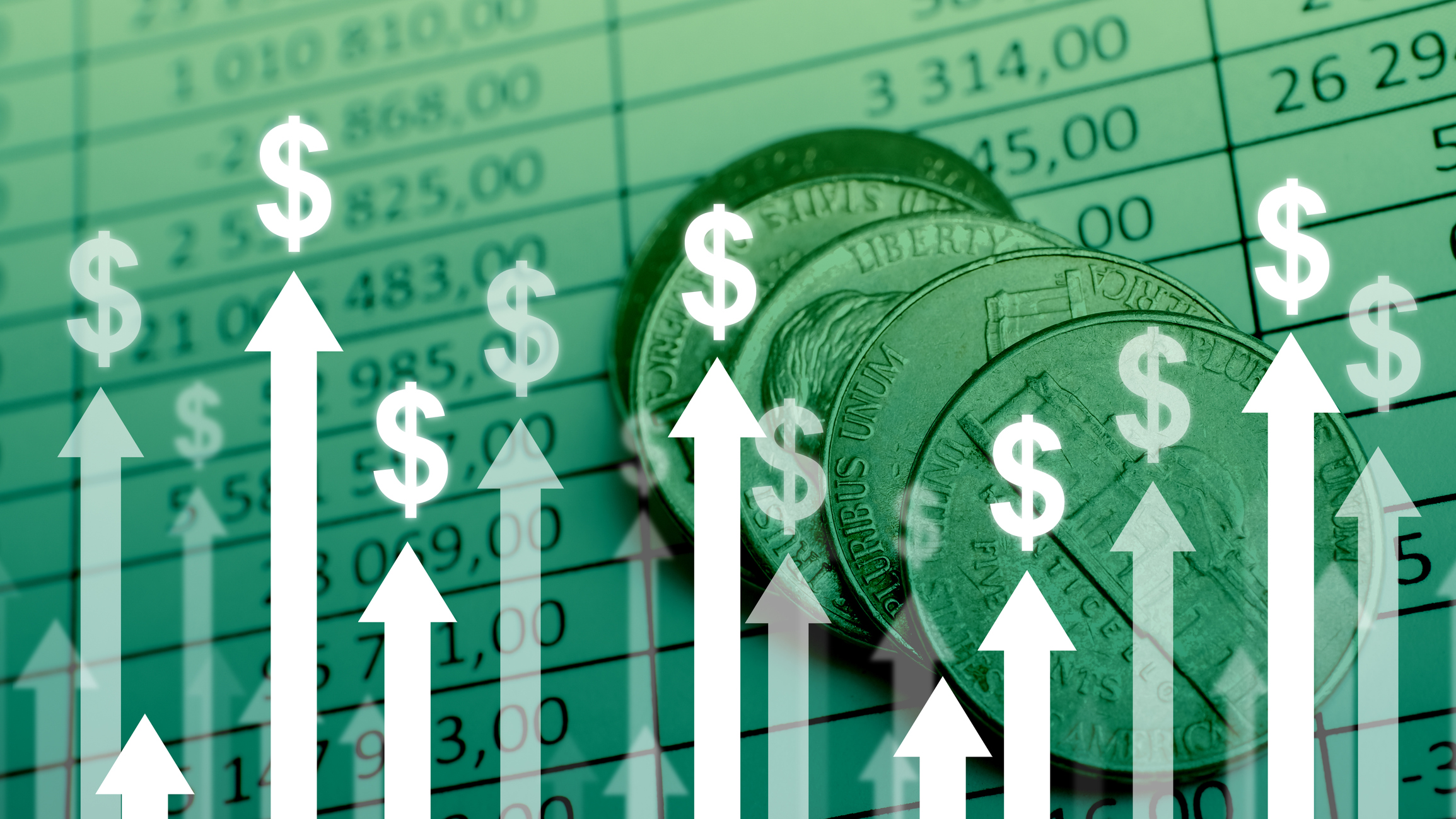The term "hyperinflation" pops up in the news once in a while. It’s an incredibly destructive economic phenomenon that can shatter an economy with effects on the financial health of individuals, businesses, and entire nations. Although it's not incredibly common, history shows we haven’t been able to escape it totally. Even so, economists and central banks are getting better at tamping down the hyperinflation threat, using tools such as limited money supply, higher interest rates on government-issued bonds, and hands-on control of maximum prices for key goods and services.

Still, there is no silver bullet that halts every occurrence of galloping inflation -- and many of the inflation-fighting techniques have their own downsides, so it may happen again in our lifetimes. Investors should understand what hyperinflation is, how it happens, and what they can do to protect themselves in the event of an inflationary crisis.
Hyperinflation in Germany and Zimbabwe
One of the most well-known examples of hyperinflation reared its ugly head in Germany during the 1920s. The Weimar Republic attempted to finance its World War I reparations payments by printing lots of German marks with no backing by gold or other assets.
The value of the mark began plummeting in 1920. Prices increased so quickly that workers were paid several times a day just to keep up with the rising costs of the goods and services they needed. The situation was so dire that some people resorted to burning cash just to stay warm -- it was cheaper than buying firewood, after all.
A more recent example of hyperinflation turned up in Zimbabwe in early 2007. During the heavily sanctioned reign of dictator Robert Mugabe, Zimbabwe’s food production dropped dramatically, driving the price of the meager food reserves through the roof. Prices doubled every 24 hours in November 2008 -- an inflation rate of 79.6 billion percent in a single month. The government had to abandon its own currency and use foreign currencies instead to stabilize the economy.
Although hyperinflation is not currently a significant concern in the United States, it's important to remember the impact this dangerous development can have on an economy.


















